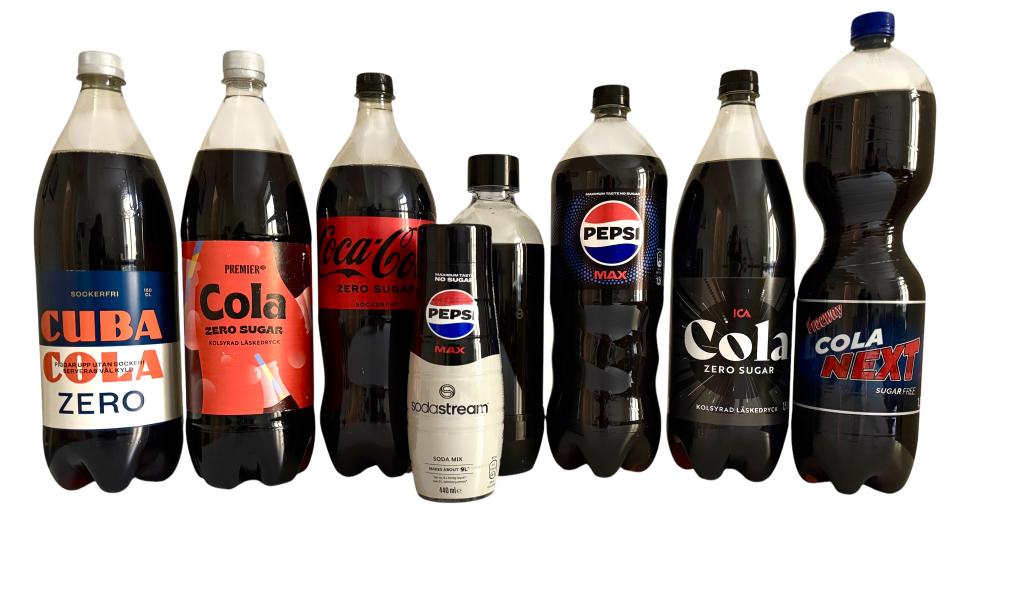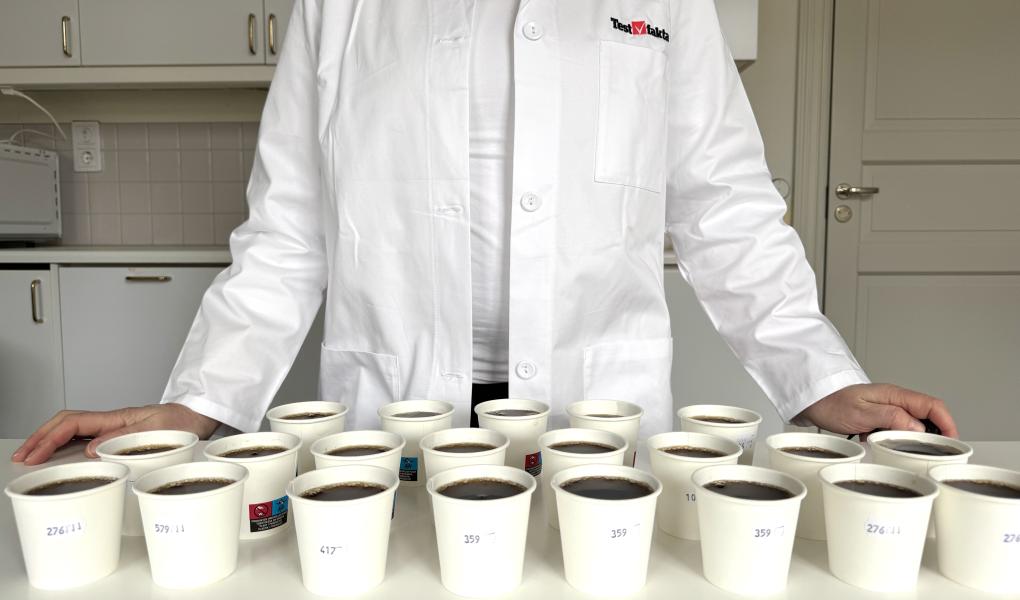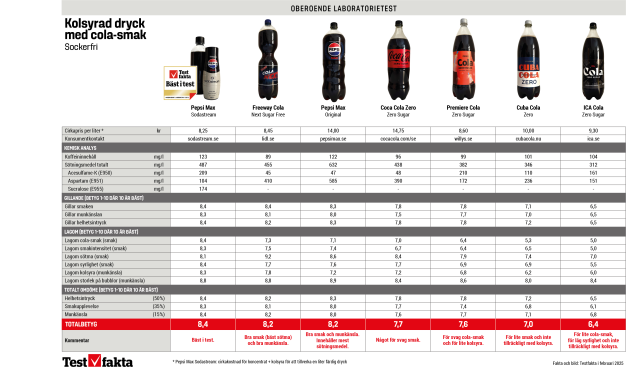A full 70% of all soft drinks sold in Sweden are cola-flavored, according to the Swedish Breweries Association. Sugar-free soft drinks have had a strong development in recent years and currently account for 56% of the soft drink volume in Sweden. When it comes to cola drinks, light soft drinks are even stronger – a full 66% of the cola soft drinks sold were sugar-free.
– The increase in sugar-free soft drinks is part of a long-term trend, says Johanna Lagerman at Sveriges Bryggerier. Over the past ten years, sales of sugar-free soft drinks have increased by over 200%. At the same time, sales of sugar-sweetened soft drinks have decreased by over 25%. This is a result of breweries working towards ambitious goals for reduced sugar consumption at the same time as consumer demand for sugar-free products is growing.
Sodastream is the largest brand of carbonated machines in Sweden and accounts for just over half of all machines sold. The company also has a range of different flavors to spice up the carbonated water with. The best-seller is cola flavor in the form of Pepsi Max.
Sugar-free drinks contain sweeteners instead of traditional sugar made from sugar beets or sugar cane. Common sweeteners in sugar-free soft drinks include Aspartame, Acesulfame-K, and Cyclamate. Pepsi Max Original contained the most sweeteners at 632 mg/l, while the other drinks were between 300 and 500 mg/l.
The taste test was conducted by the independent testing company The Taste Lab. A total of 106 consumers participated in a blind test, sampling both bottled sodas purchased in stores and Pepsi Max made from concentrate using a SodaStream machine.
Additionally, the independent laboratory Eurofins Food & Feed Testing Sweden performed a chemical analysis focusing on sweeteners and caffeine content.
[PDF]
The chemical analysis revealed that both the bottled and concentrated versions of Pepsi Max contained over 120 mg of caffeine per liter, compared to brewed coffee, which contains approximately 460 mg/l. Freeway Cola had the lowest caffeine content at just under 90 mg/l. For reference, energy drinks typically contain around 300–400 mg/l.
Researcher Johan Swahn at The Taste Lab and was responsible for the taste test. He was surprised that there was such a big difference in taste between the different cola drinks.
– And not only in taste, the amount of carbonation and how the soft drink is experienced in the mouth also differ significantly between the different brands.
Three of the drinks received a rating of over 8, which can be considered well approved. The highest rated was Sodastream Pepsi Max, which received an overall rating of 8.4.
– Interestingly enough, it was the sodastreamed cola drink that won and was ranked best on most of the tested parameters. It had the best results in both overall impression and mouthfeel, and shared first place in taste. Consumers felt that it had a moderate cola taste and flavor intensity, with just the right amount of acidity and carbonation, says Johan Swan.
In shared second place came Pepsi Max and Freeway Cola Sugarfree, while Coca Cola Zero and Premiere Cola Zero Sugar ended up a bit behind. The worst in the test was Ica Zero Sugar, which the panel felt had too little of both the cola taste, acidity and carbonation.
Price-wise, Sodastream is also the best if you don't count the cost of purchasing the carbonation machine. The purchased soft drink costs between 8.60 SEK/l for Premiere Cola Zero up to 14.75 SEK/l for Coca Cola Zero, while Sodastreamed cola costs between 7.89 – 8.52 SEK/l, depending on the cost of the carbonation cartridge. You also make a considerable environmental gain when you make your own bubbles by avoiding transport and plastic to transport large quantities of drinks, while having excellent quality water at home on the tap.



